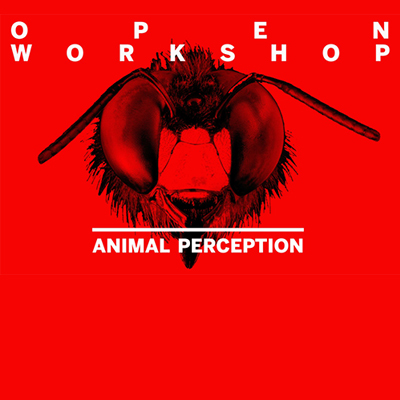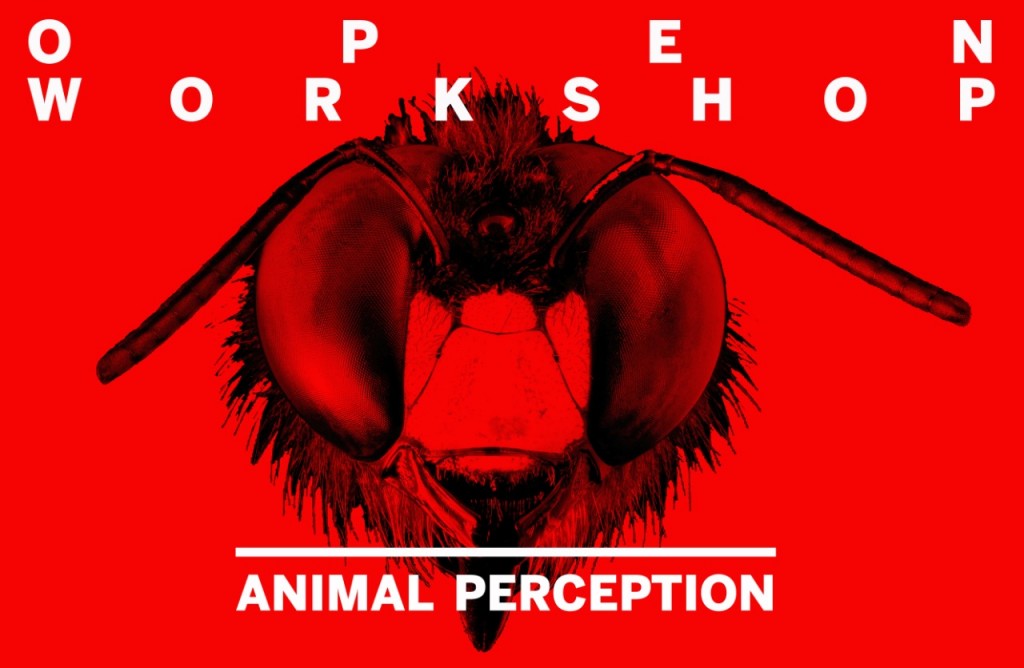
Open Workshop: Animal Perception
The ability of animals to display and change colour is widespread in nature. It is used in communication, thermo-regulation, and camouflage. It occurs in invertebrates, from insects to crabs, to vertebrates like fish, frogs, lizards and birds.
Animals often express colour for concealment against predators. By matching the background, they reduce the risk of being detected and attacked. Many species occur across a wide range of habitats, which are as varied as the colour expressed by animals. It is important to not only understand the diversity and nature of colours and how they are used, it is also equally intriguing to understand how animals perceive and detect colours through the sense of vision. Different organisms have different visual systems that make them sense colours in their surroundings in different ways. For example, humans have tri-chromatic vision and see colours in combinations of red, blue and green. Birds and reptiles have tetra-chromatic vision and are also able to perceive UV radiation. This is an important perspective as many natural interactions between organisms, such as predator-prey and plant-pollinator, are mediated by colour.
It is crucial to understand how the visual systems of players in such interactions perceive each other to precisely understand ecosystem functioning. We will try to help you understand colour expression, perception and use in animals and compare it with how we humans use and perceive it.
The workshop will take place at Art Science BLR on 27th October, from 10:30 am to 3:00 pm.
This workshop is recommended for participants between 11 to 15 years of age.
Write to us at artscienceblr@gmail.com to register. Seats are limited.
Light refreshments will be provided during the workshop.

